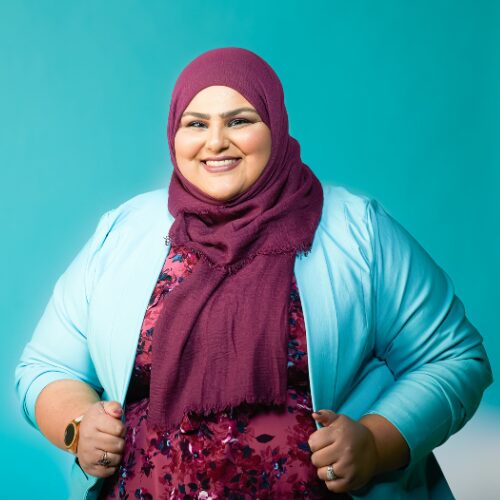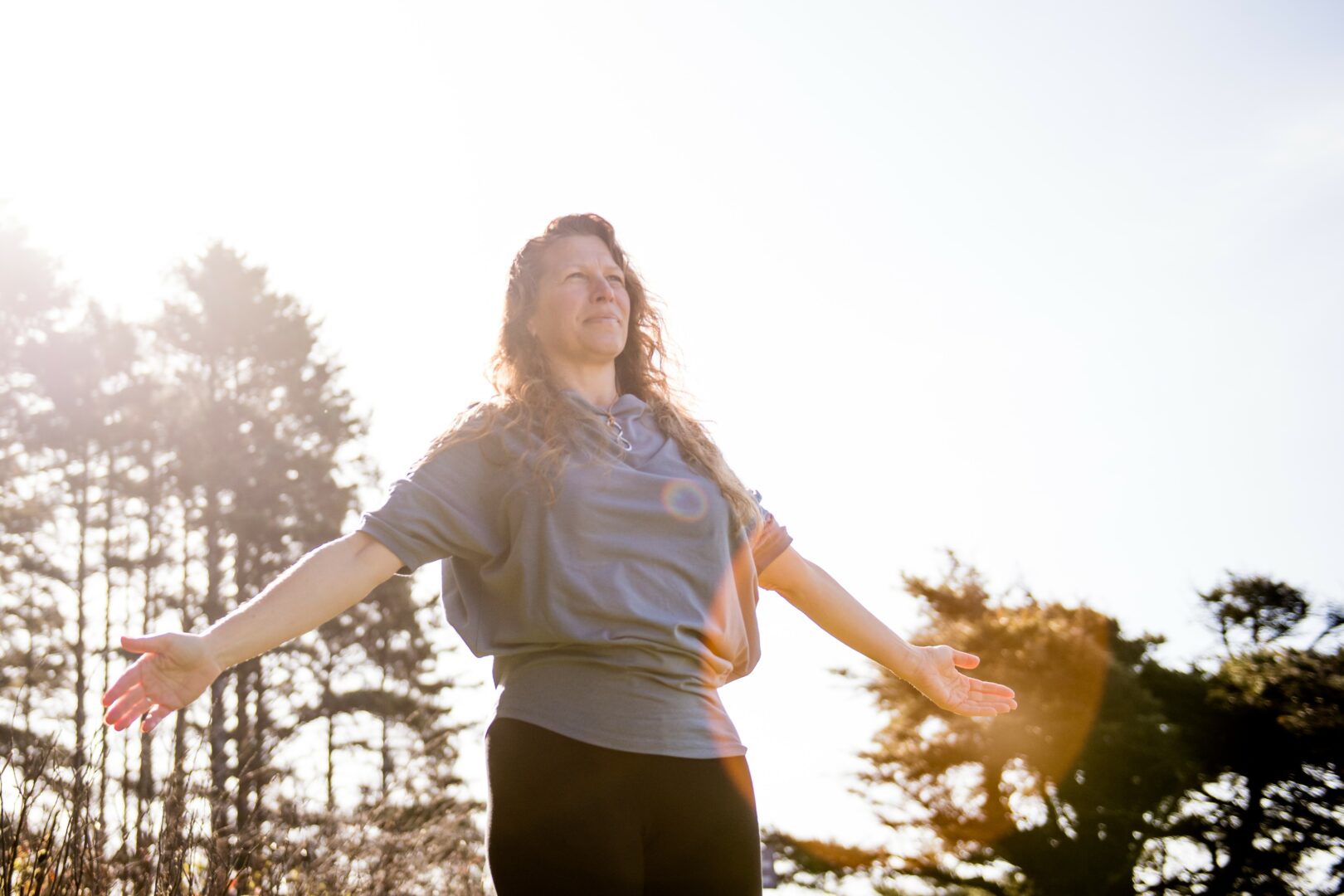We were lucky to catch up with Maliha Khan recently and have shared our conversation below.
Hi Maliha, so excited to talk about all sorts of important topics with you today. The first one we want to jump into is about being the only one in the room – for some that’s being the only person of color or the only non-native English speaker or the only non-MBA, etc Can you talk to us about how you have managed to be successful even when you were the only one in the room that looked like you?
I didn’t have a single defining moment when I realized I was the only one in the room.
I was always the only one.
Too plus size. Too brown. Too Pakistani. Too Muslim. Too loud.
From childhood classrooms to corporate meetings, I rarely entered a space that felt built for someone like me. I learned early how to adapt—how to soften, overdeliver, or shrink parts of myself just to be accepted.
But over time, I came to understand something essential: belonging doesn’t come from being less of who you are. It comes from standing fully in it.
That awareness deepened when I became a mother. And it sharpened when I was laid off. Losing my job wasn’t the end—it was the fire I needed to take my side gig full-time.
Entrepreneurship gave me more than just freedom—it gave me purpose. A chance to create a legacy for my daughters. A way to show them what it looks like to lead with heart, strategy, and conviction.
That became the foundation for everything I built next: Khanect the Dots, a consultancy that helps brands bridge the gap between strategy and execution. And later, Khancepts Studio, the creative arm that brings those strategies to life through meaningful design and visual storytelling.
Today, I don’t walk into rooms hoping to fit in. I walk in rooted in experience, purpose, and the quiet confidence of someone who no longer waits for permission.
I don’t lead in spite of my difference. I lead because of it.
And when the space doesn’t exist yet, I build it—uninvited, unapologetic, and unforgettable.
Because I was never meant to fit in, I was meant to redesign the blueprint.
Great, so let’s take a few minutes and cover your story. What should folks know about you and what you do?
I’ve always lived in the in-between. Creative and analytical. Strategic and expressive. The kind of kid who could map out a science fair plan and design the trifold board like it belonged in a museum. I didn’t know it at the time, but that left-brain/right-brain duality would become the foundation of everything I’d later build.
For years, I thought I had to choose—be “the creative” or “the strategist.” Sometimes I would call myself a generalist. But over time, I realized: my ability to live in that middle space? That was the gift. That was the edge. That was what people kept coming to me for—even when they couldn’t quite articulate it.
That realization gave birth to Khanect the Dots LLC—a strategy-first consultancy that helps growing businesses move from scattered ideas to focused execution.
Whether it’s clarifying messaging, building a content roadmap, or acting as a fractional CMO, we bridge the gap between strategy and execution so our clients stop spinning their wheels and start making real progress. We love working with founders, small teams, and marketing leaders who are stuck in what I call the messy middle—that swirl of big goals, competing priorities, and no clear plan to move forward.
Alongside KTD, I also lead Khancepts Studio, its creative arm. It’s where we bring ideas to life through purposeful design—whether you need a website, brand kit, collateral, or content that connects with your audience.
Right now, I’m in a season of growth. We’re rolling out the next iteration of both businesses soon, launching a new and improved experience for our clients. I am also expanding into more speaking engagements on marketing strategy, artificial intelligence, and entrepreneurship—locally with organizations like Digital Women KC and Central Exchange, and nationally at events like Content Entrepreneur Expo (CEX). This year, I’ll also be moderating a track at the Marketing AI Conference (MAICON).
What ties it all together is this: I help people move. Not just dream or strategize or talk in circles—but actually move forward with clarity, creativity, and confidence—like they’re making the next right move on the chessboard.
If you’re reading this and feel like you’re stuck in the middle of your own brand or business story, you’re not behind. You’re not broken.
You might just be standing at the exact intersection where the magic begins.
There is so much advice out there about all the different skills and qualities folks need to develop in order to succeed in today’s highly competitive environment and often it can feel overwhelming. So, if we had to break it down to just the three that matter most, which three skills or qualities would you focus on?
Looking back, three things made the biggest difference in my journey—and none of them came with a certificate.
1. Pattern recognition. I’ve always been good at seeing through the noise—spotting what’s working, what’s broken, and what’s missing in a system, brand, or business. That skill allowed me to connect dots quickly and develop strategic instincts.
Advice: Start training your eye. Whether it’s content, campaigns, or client behavior—don’t just consume, analyze. Ask yourself: Why did this work? What’s not being said? What would I change? Strategy is a muscle. Flex it daily.
2. Resourcefulness. I didn’t have a trust fund, a full team, or a roadmap. I had Google, a good gut instinct, and a ridiculous ability to figure things out on the fly. That scrappy foundation shaped how I built both of my businesses—learning to move fast, adapt quickly, and make magic happen with whatever was in front of me.
Advice: Don’t wait until you feel “ready.” Start messy. Say yes, then figure out how. And when something goes wrong (because it will), don’t panic—pivot. Resourcefulness will take you further than perfection ever will.
3. Self-awareness. The biggest unlock for me wasn’t learning a new tool or tactic—it was realizing what made me different. I’m not just strategic or creative. I’m both. Once I embraced that duality, everything clicked.
Advice: Stop asking who you need to become. Start asking who you already are—and how you can build around that. Your unique mix of strengths is the roadmap, not the obstacle.
No matter where you are in your journey, remember: momentum isn’t built in big leaps. It’s built in consistent, intentional moves. One dot at a time.
What has been your biggest area of growth or improvement in the past 12 months?
I’ve always been strategic, creative, and resourceful. But stepping into a leadership role—both in my business and in my industry—required something deeper: trusting my own voice and showing up as my authentic self.
I used to keep things safe, polished, and professional. But this year, I’ve started saying the quiet parts out loud. The things I used to wonder if people would understand—like what it means to be stuck in the messy middle or why strategy without execution doesn’t move the needle. I’ve started building frameworks and talks around those ideas, and they seem to be resonating.
That clarity has unlocked everything else. It’s allowed me to reimagine what Khanect the Dots and Khancepts can become, walk on stages I once dreamed of, and own my lane as both a strategist and a storyteller.
Growth didn’t come from learning more—it came from unlearning the idea that I had to sound like everyone else to be taken seriously. The more I leaned into my own story, my own lens, and my own energy—the more everything started to align and move forward.
Contact Info:
- Website: https://www.khanectthedots.com
- Instagram: https://www.instagram.com/khanectthedots
- Facebook: https://www.facebook.com/khanectthedots
- Linkedin: https://www.linkedin.com/in/khanmaliha
- Other: https://www.khanceptsbyktd.com
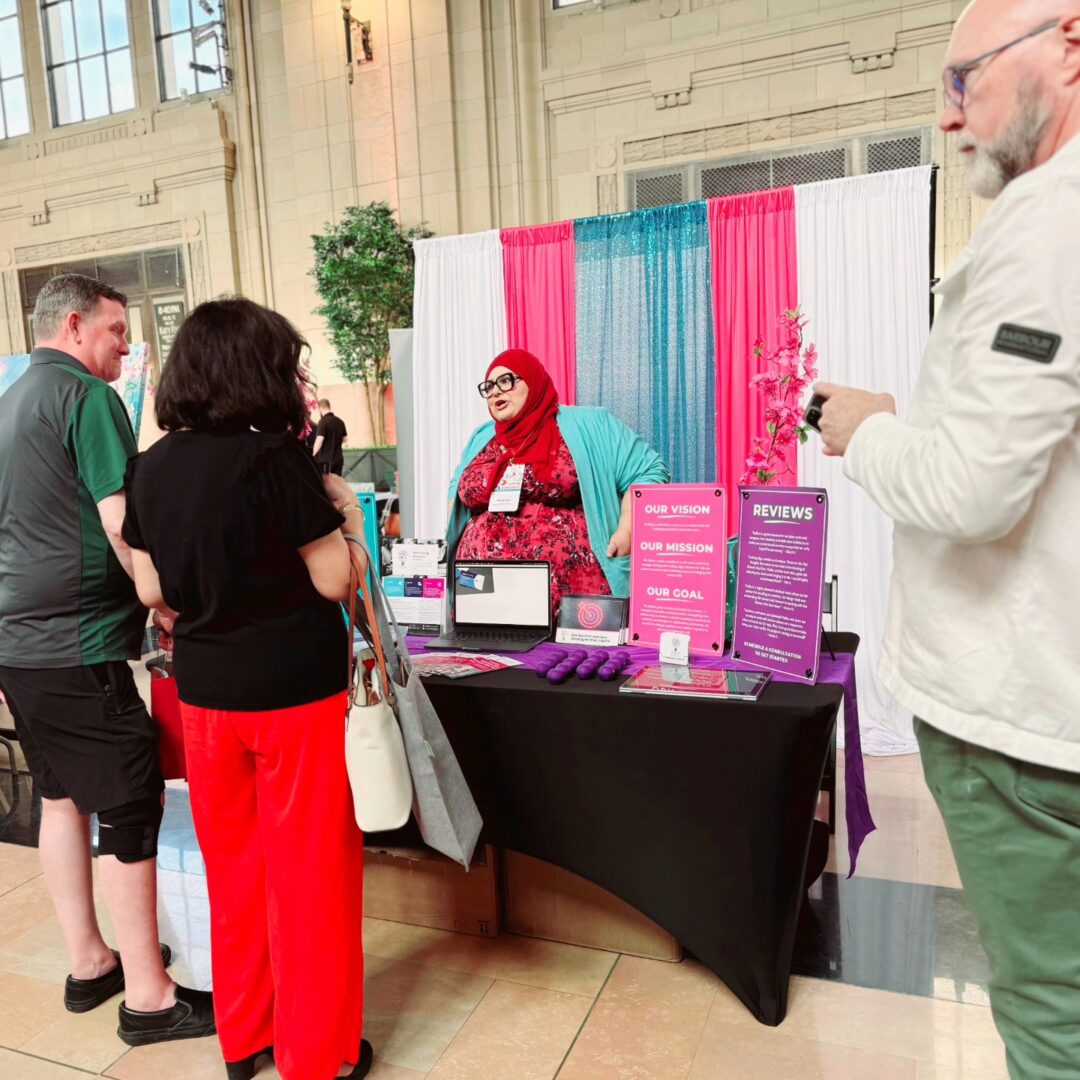
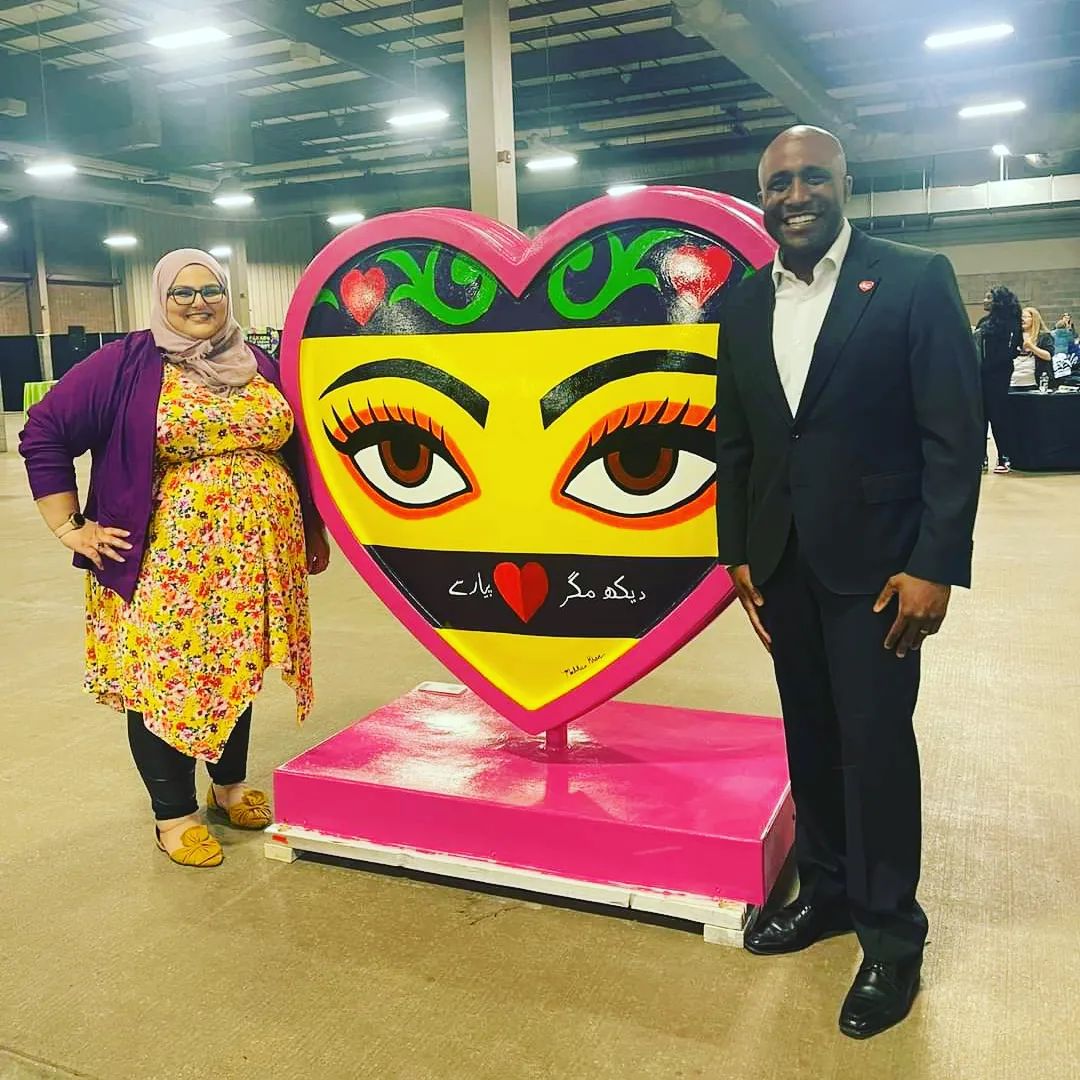
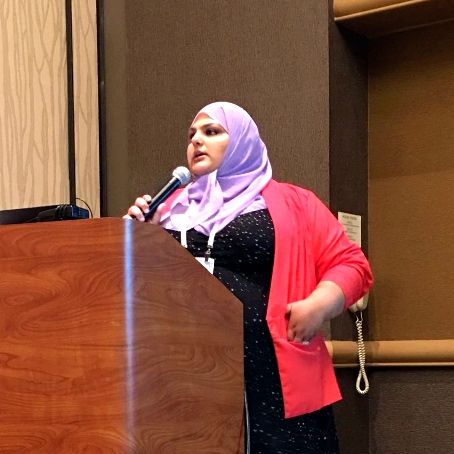
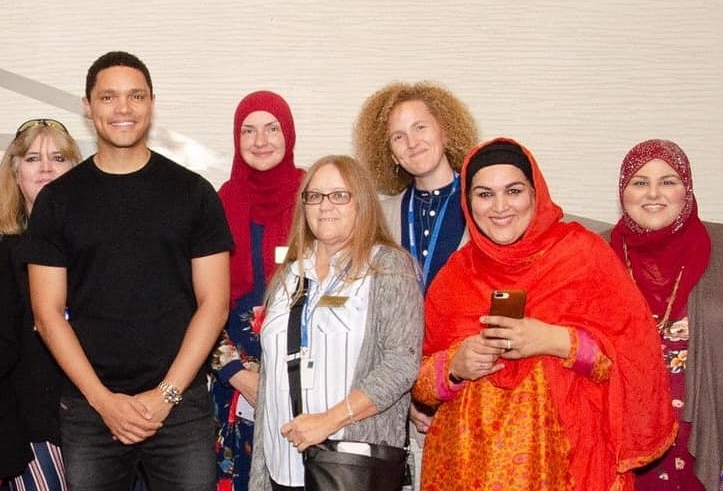
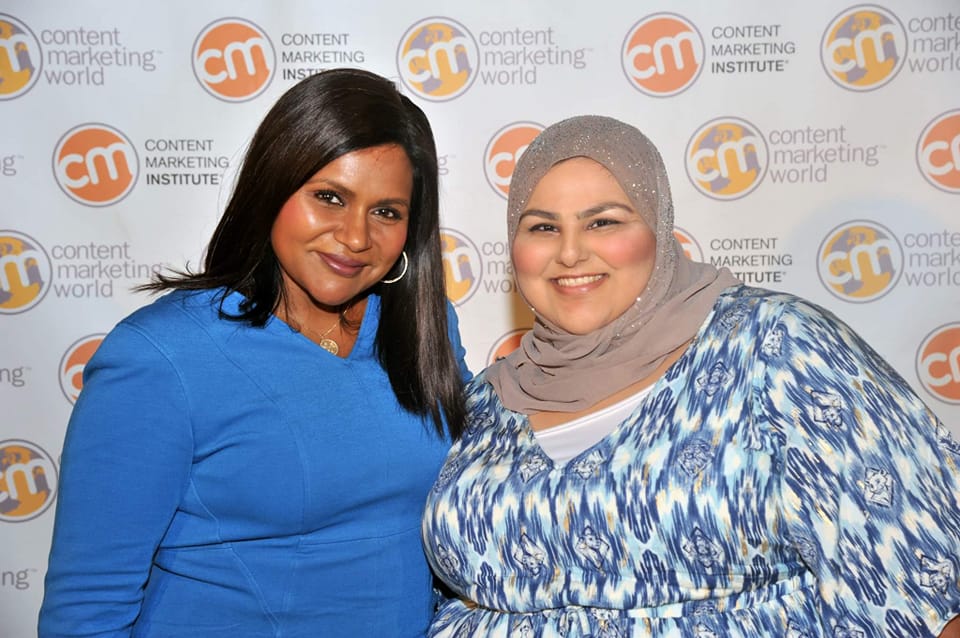



Image Credits
Content Marketing World

